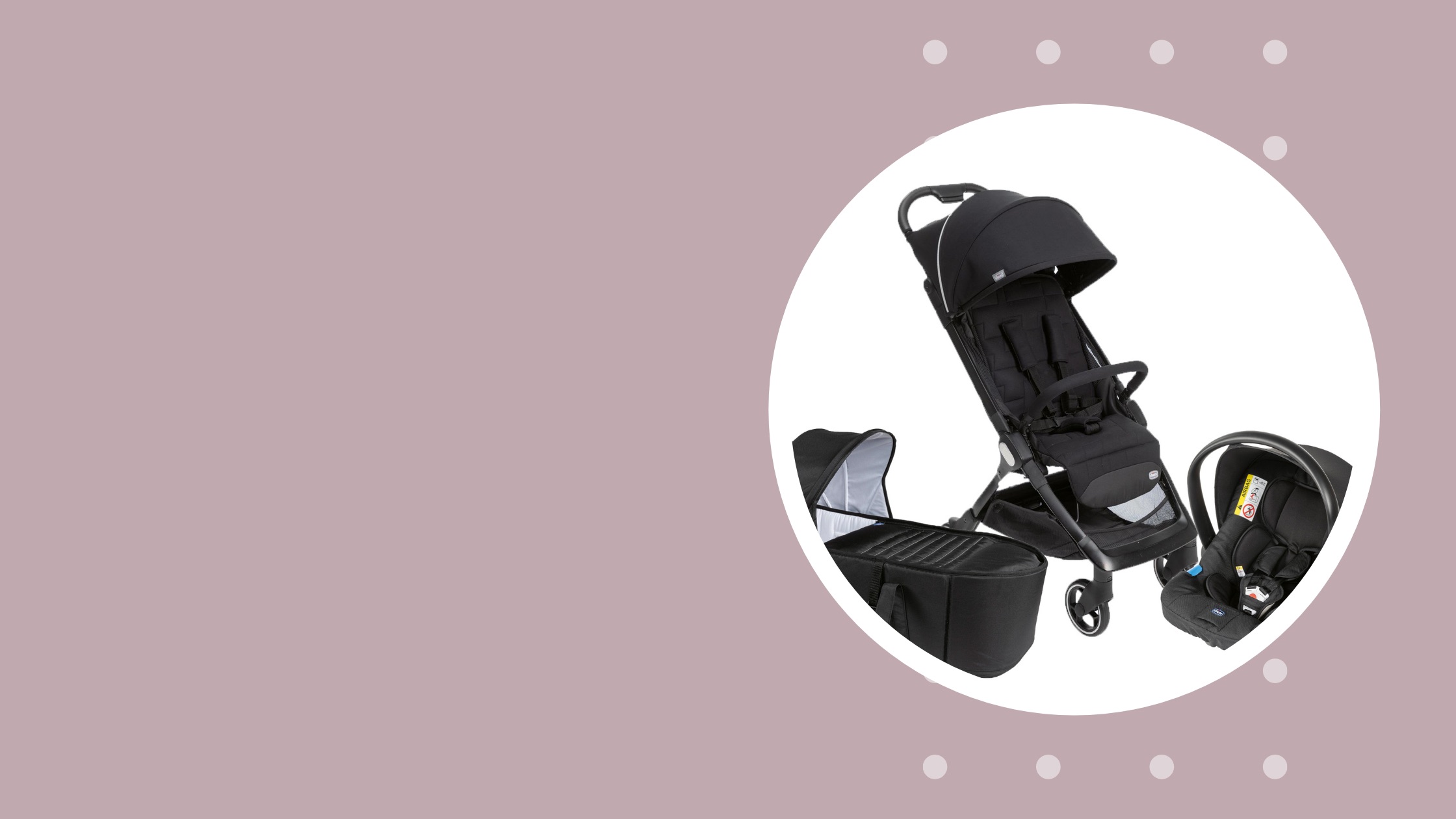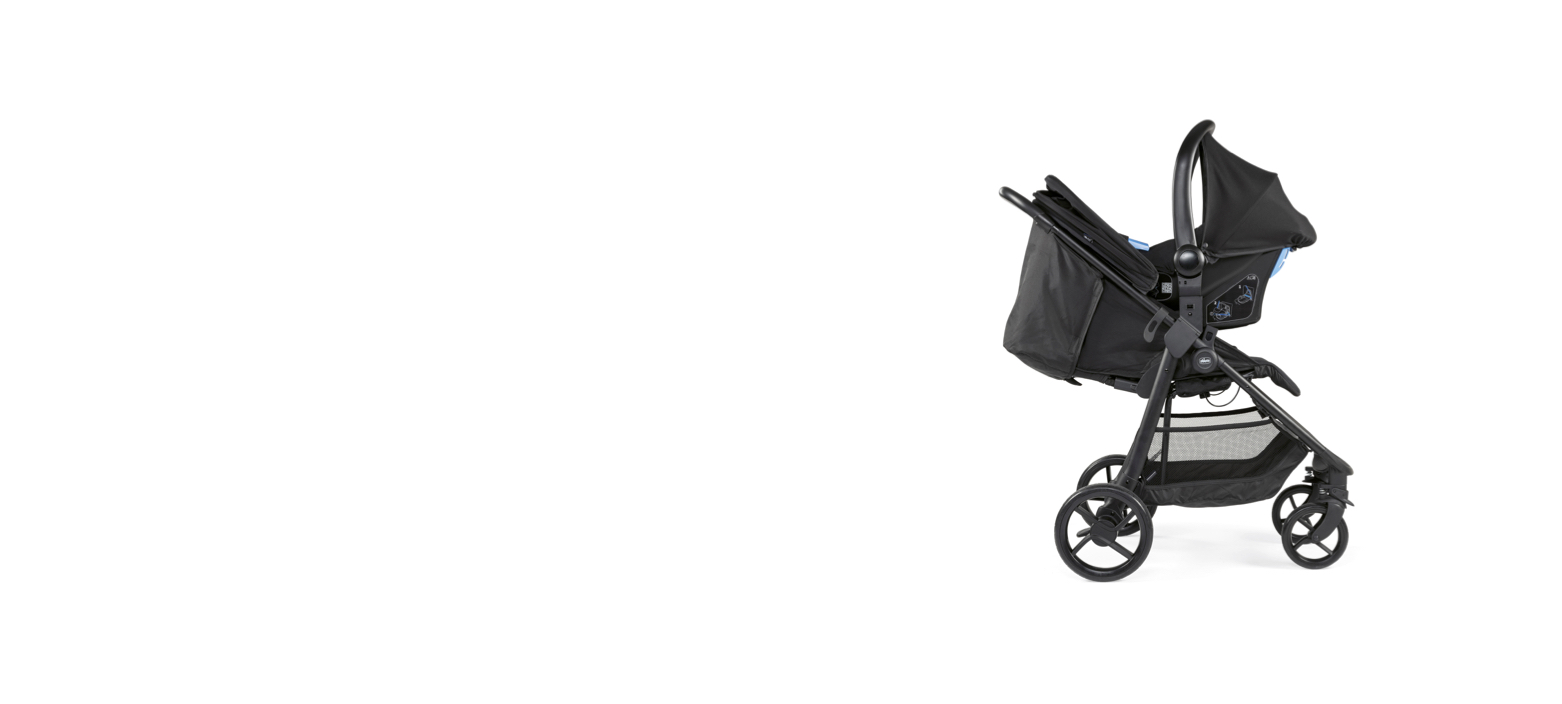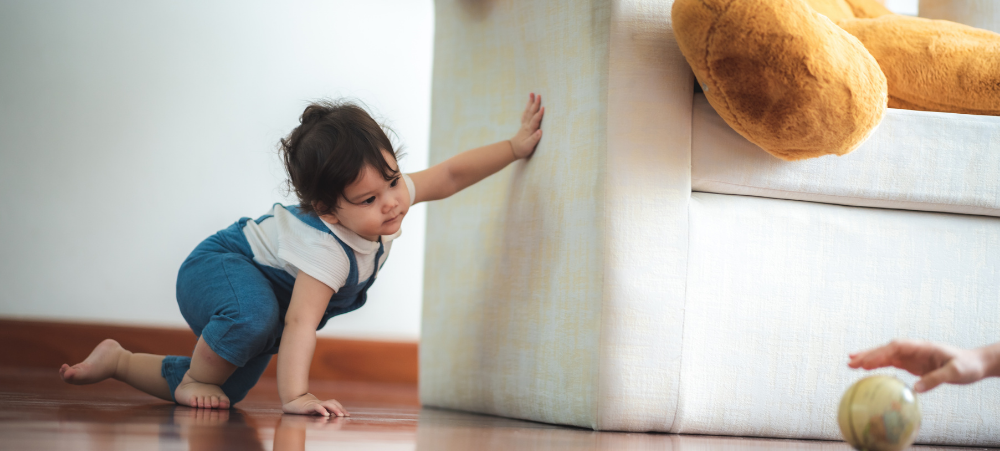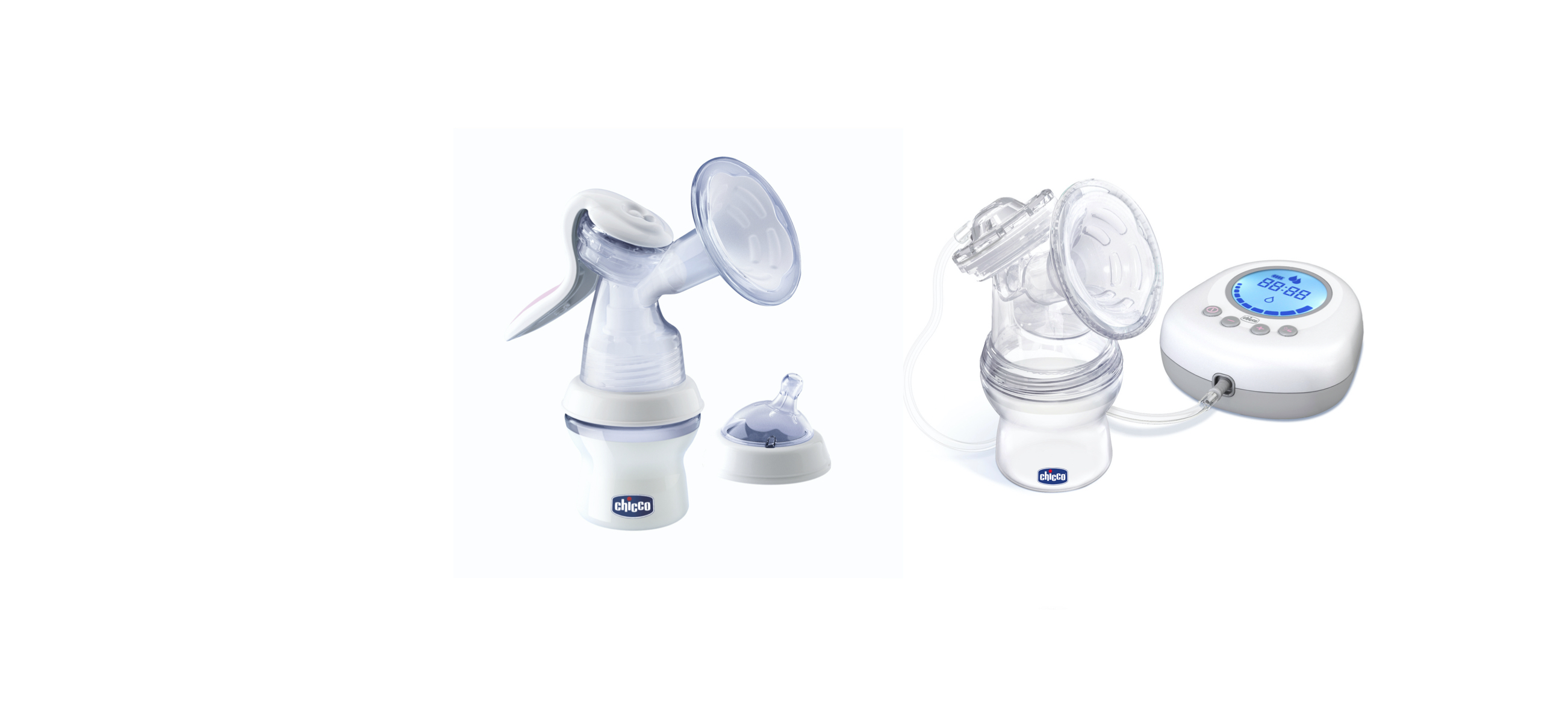Messages for Mama is a premium, locally designed, and manufactured range of baby accessories for those intimate moments mom and baby share. From play time to feeding time, bath time to their sleep routine – Messages for Mama will hold your hand and support you when the going gets tough; when the days are long and the nights are even longer. Each product has an encouraging embroidered Message for Mama, which can either be personalised or chosen on Messages for Mama. Not only targeted to the more challenging times, Messages for Mama aims to remind mom that she’s an amazing, wonderful and strong woman who has the magic within her! Motherhood is hard, but “Mama, you’ve got this!” “Being a mom is one of the hardest things I’ve ever had to do. I completely understand why so many new moms are against having a second baby, I was one of them. Yes it’s rewarding, yes it’s magical, but becoming a new mom is extremely difficult – you not only lose your own identity but you have to keep another human alive all while trying to find the new version of yourself!” says co-founder of Messages for Mama, Jana Leonard. “My biggest struggle was getting to grips with the new me, I was no longer just a wife, daughter, entrepreneur, sister and friend – the title of MOM has been added and that meant more than what I envisioned. I wasn’t great at it, I hardly ever knew what I was doing, I had extreme anxiety and experienced PPD. I found it difficult to not be good at something ‘so natural’. It’s only now that I realise, a mother’s instinct isn’t natural, it’s something we as moms learn and then only it’s supported by our nurturing nature as women.” she adds. When Leonard’s second baby, her daughter, was born in February 2021, she realised and appreciated the newborn phase more because she knew it would get easier. “I didn’t put so much pressure on myself, I took it day by day and lived in the moments – good and bad. I have been through this, I knew all about the challenges, I also knew a little bit more and what to do when the uncertainties kicked in. Importantly, I had (and still have) a strong support system with mom friends, my husband, sister, mom whatsapp groups and grannies helping me along the way. Those Messages of support and encouragement mean the world to me. I came to realise; I do have the magic within me. I just needed to find it!” she adds. Fashion designer, who has shown internationally, and an aunt of two, Ricci JvR founded Messages for Mama with Leonard, and says, “after seeing many friends become moms and navigating this new season while juggling life, and also becoming an aunt myself – I realised how important it was to surround yourself with people who will cheer you on and encourage you through all seasons. The saying ‘it takes a village’, suddenly made more sense to me than ever. I wanted to be part of creating a brand that cheers you on in those self-doubting, vulnerable moments alone when you feel overwhelmed and tired. I wanted us to be your 4am cheerleaders and your daily reminder that you’ve got this, that you are valued!” Messages for Mama products are of the highest quality, made locally and to last – both in trend and durability. Launching with 12 products including a One and two tone Summer and Double Layer Winter Muslin blanket (1×1.2m), a small (for the newborn phase) and large sherpa muslin blanket for the colder months, their revolutionary Everywhere Mat (quilted, padded and oh so gorgeous for easy transport and completely washable, with a waterproof backing), washcloths, burp cloths and more, Messages for Mama has removed all the clutter by means of pattern design offering a product that actually gets the job done. “Like a Mama, there’s no time to manage the noise and clutter, you have to get the job done – quick, effective and while playing cheerleader.” laughs Jana. “We opted for bold, but trendy colours that speak to boys and girls, because motherhood is anything but beige!” Ricci adds. Keeping the focus on the embroidered message for mama (the star of the show) – they’ve opted for solid vibrant colours in various combinations. Messages for Mama is not only a brand built on the first hand experience of a new mom, but one of passion and love. “I really want us to be there for other moms, to tell them that it’s OK to not feel like you’re nailing it – you’re not alone! I want to normalise the fact that it’s hard and that we’re all just really winging it as we go. It’s time we move away from the crippling Instagram #blessed filtered life and come to grips with the reality that new moms are finding it difficult when being compared to the highlights reel of many.” says Jana. “I’m not blind to the fact that new moms (myself included) find comfort in new and beautiful products for our babies, I wanted to combine these two human truths and create something magical!” giggles Jana. Messages for Mama has successfully launched in May 2021 and will continuously be introducing new products to their repertoire. For more information and to shop their range of premium goods at affordable prices, visit www.messagesformama.com.































